Properties
| Storage Buffer | PBS pH7.4, 50% glycerol, 0.09% sodium azide *Storage buffer may change when conjugated |
| Storage Temperature | -20ºC, Conjugated antibodies should be stored according to the product label |
| Shipping Temperature | Blue Ice or 4ºC |
| Purification | Peptide Affinity Purified |
| Clonality | Polyclonal |
| Specificity | Detects ~44kda (ERK1) and ~42kDa (ERK2). |
| Cite This Product | StressMarq Biosciences Cat# SPC-120, RRID: AB_2266080 |
| Certificate of Analysis | A 1:1000 dilution of SPC-120 was sufficient for detection of ERK1/2 in 20 µg of HeLa cell lysate by ECL immunoblot analysis. |
Biological Description
| Alternative Names | ERK1 Antibody, ERK2 Antibody, ERT1 Antibody, ERT2 Antibody, MAP kinase1 Antibody, MAP kinase2 Antibody, MAPK1 Antibody, MAPK2 Antibody, MAPK3 Antibody, p38 Antibody, p40 Antibody, p41 Antibody, p41mapk Antibody, p42 MAPK Antibody, p44 ERK1 Antibody, p44 MAPK Antibody, PRKM1 PRKM2 Antibody, PRKM3 Antibody |
| Research Areas | Alzheimer's Disease, Cell Signaling, Neurodegeneration, Neuroscience, Phosphorylation, Post-translational Modifications |
| Cellular Localization | Cytoplasm, Nucleus |
| Accession Number | NP_059043.1 |
| Gene ID | 50689 |
| Swiss Prot | P21708 |
| Scientific Background | The extracellular signal-regulated kinases 1 and 2 (ERK1 and ERK2), also called p44 and p42 MAP kinases, are members of the Mitogen Activated Protein Kinase (MAPK) family of proteins found in all eukaryotes. Because the 44 kDa ERK1 and the 42 kDa ERK2 are highly homologous and both function in the same protein kinase cascade, the two proteins are often referred to collectively as ERK1/2 or p44/p42 MAP kinase (1). They are both located in the cytosol and mitochondria (2). While the role of cytosol ERK1/2 is well studied and involved in multiple cellular functions (2), the role of mitochondrial ERK1/2 remains poorly understood. Both ERK 1 and 2 are activated by MEK1 or MEK2, by dual phosphorylation of a threonine and tyrosine residue in the activation loop (TEY motif) (1, 3). Either phosphorylation alone can induce an electrophoretic mobility shift, but both are required for activation of the kinase. This dual phosphorylation is efficiently detected by phosphorylation state-specific antibody directed to the pTEpY motif. Once activated, MAP kinases phosphorylate a broad spectrum of substrates, including cytoskeletal proteins, translation regulators, transcription factors, and the Rsk family of protein kinases (4). ERK1/2 activation is generally thought to confer a survival advantage to cells (5); however there is increasing evidence that suggests that the activation of ERK1/2 also contributes to cell death under certain conditions (5). ERK1/2 also is activated in neuronal and renal epithelial cells upon exposure to oxidative stress and toxicants or deprivation of growth factors, and inhibition of the ERK pathway blocks apoptosis (5). |
| References |
1. Boulton TG. et al. (1991) Biochemistry. 30(1):278-86. 2. Yoon S., and Seger R. (2006) Growth Factors 24:21-44. 3. Wolf G. (2005) Antioxid Redox Signal 7:1337-1345. 4. Chuerland D., Marmor G., Shainskaya A. and Seger R. (2008) J Biol Chem. Epub: http://www.jbc.org/cgi/doi/10.1074/jbc.M709030200 5. Zhuang S., and Schnellmann R.G. (2006) J Pharmacol Exp Ther 319:991-997. |
Product Images

Immunocytochemistry/Immunofluorescence analysis using Rabbit Anti-Erk1/2 Polyclonal Antibody (SPC-120). Tissue: Cervical cancer cell line (HeLa). Species: Human. Fixation: 2% Formaldehyde for 20 min at RT. Primary Antibody: Rabbit Anti-Erk1/2 Polyclonal Antibody (SPC-120) at 1:100 for 12 hours at 4°C. Secondary Antibody: APC Goat Anti-Rabbit (red) at 1:200 for 2 hours at RT. Counterstain: DAPI (blue) nuclear stain at 1:40000 for 2 hours at RT. Localization: Cytoplasm. Nucleus. Magnification: 100x. (A) DAPI (blue) nuclear stain. (B) Anti-Erk1/2 Antibody. (C) Composite.
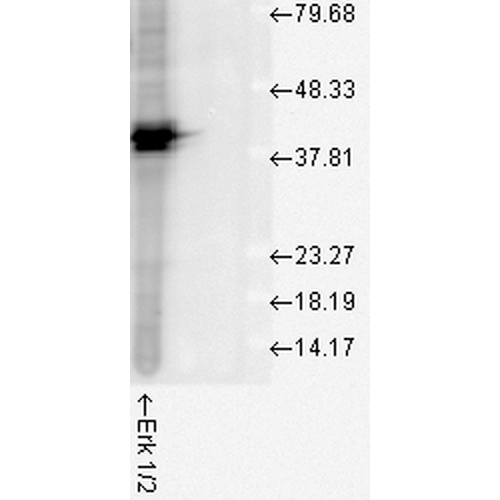
Western blot analysis of Human Cell line lysates showing detection of ERK1 protein using Rabbit Anti-ERK1 Polyclonal Antibody (SPC-120). Load: 15 µgprotein. Block: 1.5% BSA for 30 minutes at RT. Primary Antibody: Rabbit Anti-ERK1 Polyclonal Antibody (SPC-120) at 1:1000 for 2 hours at RT. Secondary Antibody: Donkey Anti-Rabbit IgG: HRP for 1 hour at RT.
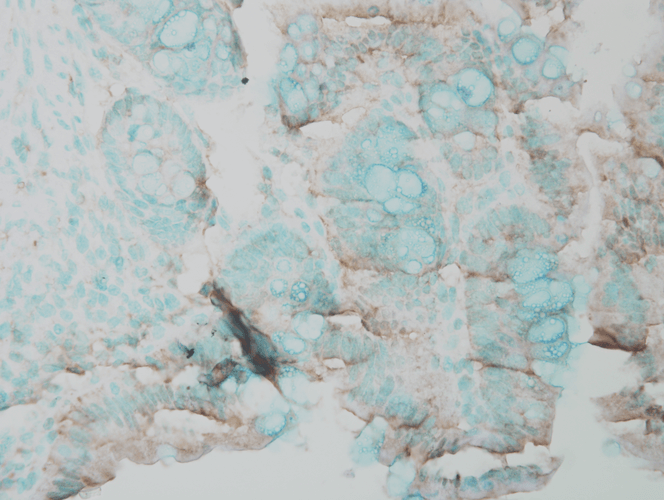
Immunohistochemistry analysis using Rabbit Anti-ERK1 Polyclonal Antibody (SPC-120). Tissue: Inflamed colon. Species: Mouse. Fixation: Formalin. Primary Antibody: Rabbit Anti-ERK1 Polyclonal Antibody (SPC-120) at 1:25000 for 12 hours at 4°C. Secondary Antibody: Biotin Goat Anti-Rabbit at 1:2000 for 1 hour at RT. Counterstain: Methyl Green at 200uL for 2 min at RT. This image was produced using an amplifying IHC wash buffer. The antibody has therefore been diluted more than is recommended for other applications..
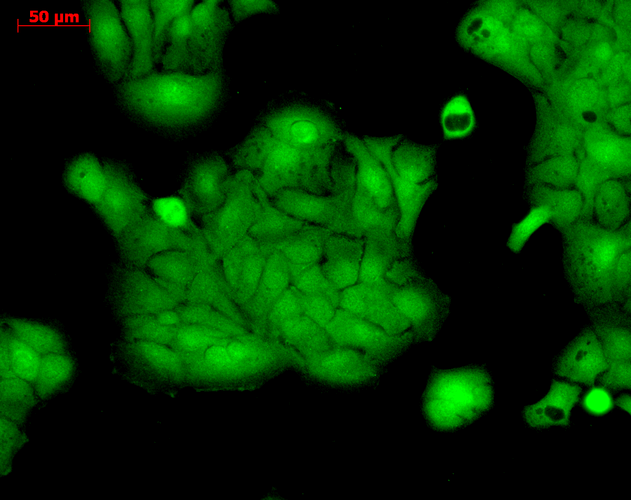
Immunocytochemistry/Immunofluorescence analysis using Rabbit Anti-ERK1 Polyclonal Antibody (SPC-120). Tissue: HaCaT cells. Species: Human. Fixation: Cold 100% methanol at -20C for 10 minutes. Primary Antibody: Rabbit Anti-ERK1 Polyclonal Antibody (SPC-120) at 1:100 for 12 hours at 4°C. Secondary Antibody: FITC Goat Anti-Rabbit at 1:50 for 1-2 hours at RT in dark. Localization: Cytoplasm. Nucleus.
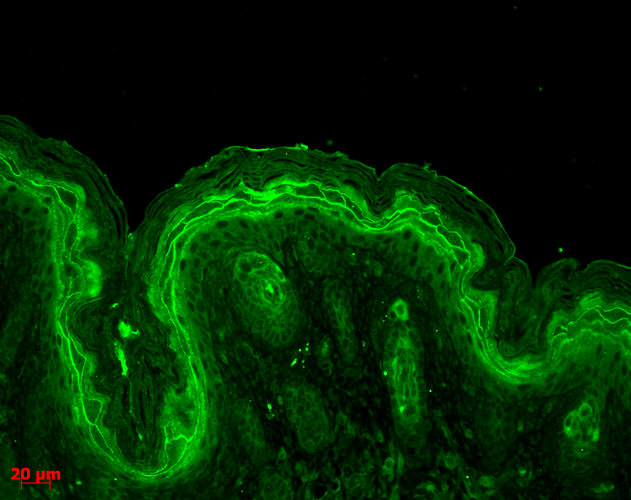
Immunohistochemistry analysis using Rabbit Anti-ERK1 Polyclonal Antibody (SPC-120). Tissue: backskin. Species: Mouse. Fixation: Bouin’s Fixative Solution. Primary Antibody: Rabbit Anti-ERK1 Polyclonal Antibody (SPC-120) at 1:100 for 1 hour at RT. Secondary Antibody: FITC Goat Anti-Rabbit (green) at 1:50 for 1 hour at RT. Localization: Cytoplasm.

Immunocytochemistry/Immunofluorescence analysis using Rabbit Anti-Erk1/2 Polyclonal Antibody (SPC-120). Tissue: Cervical cancer cell line (HeLa). Species: Human. Fixation: 2% Formaldehyde for 20 min at RT. Primary Antibody: Rabbit Anti-Erk1/2 Polyclonal Antibody (SPC-120) at 1:100 for 12 hours at 4°C. Secondary Antibody: FITC Goat Anti-Rabbit (green) at 1:200 for 2 hours at RT. Counterstain: DAPI (blue) nuclear stain at 1:40000 for 2 hours at RT. Localization: Cytoplasm. Nucleus. Magnification: 20x. (A) DAPI (blue) nuclear stain. (B) Anti-Erk1/2 Antibody. (C) Composite.

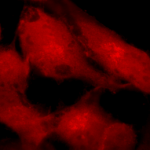
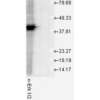
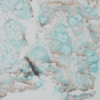
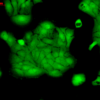
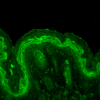
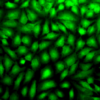
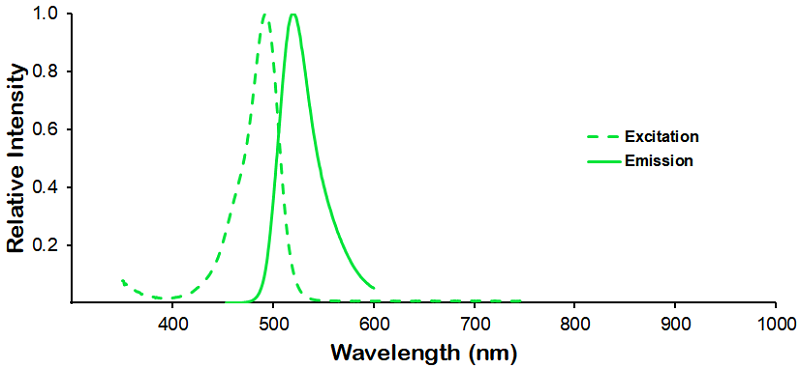
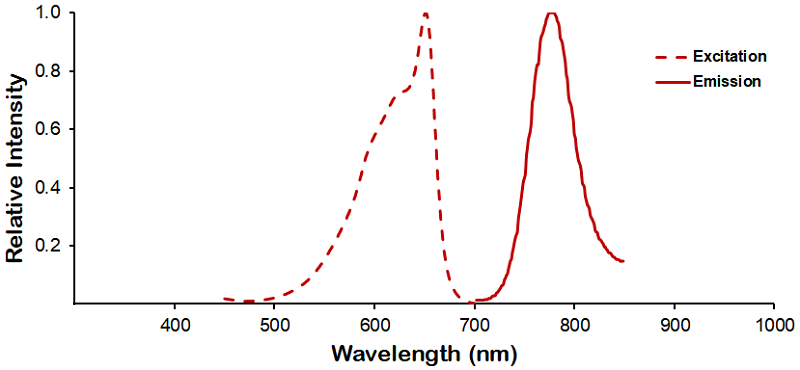
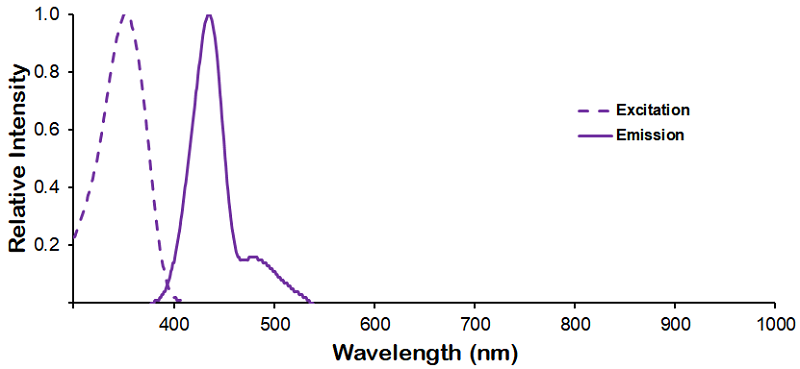
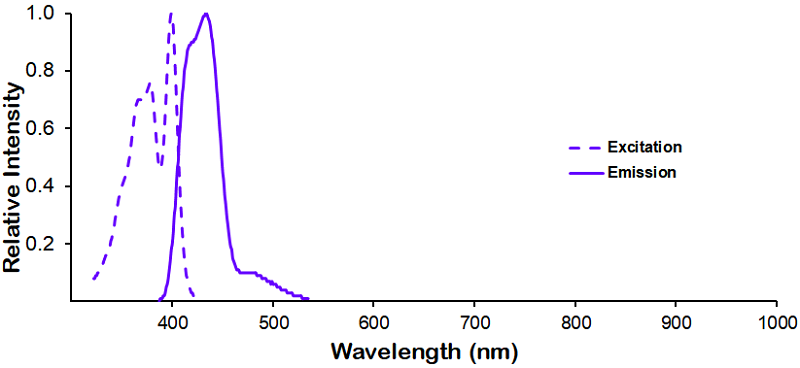
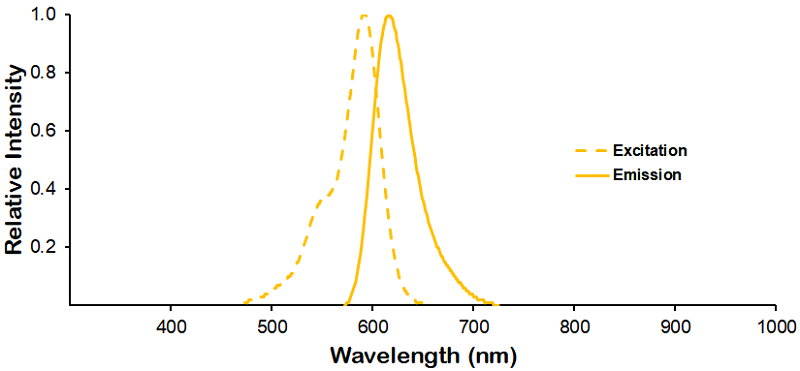
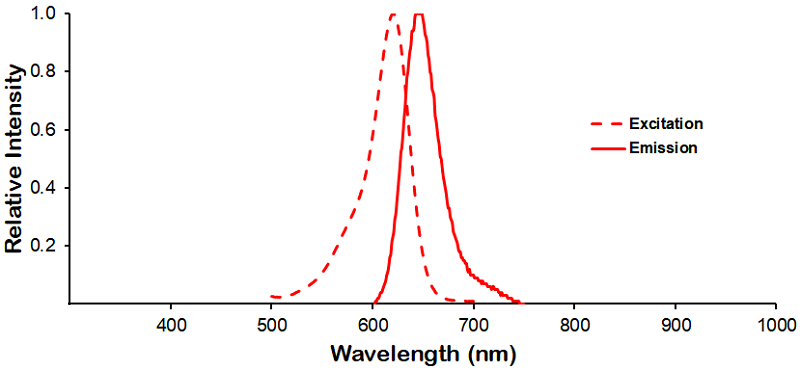
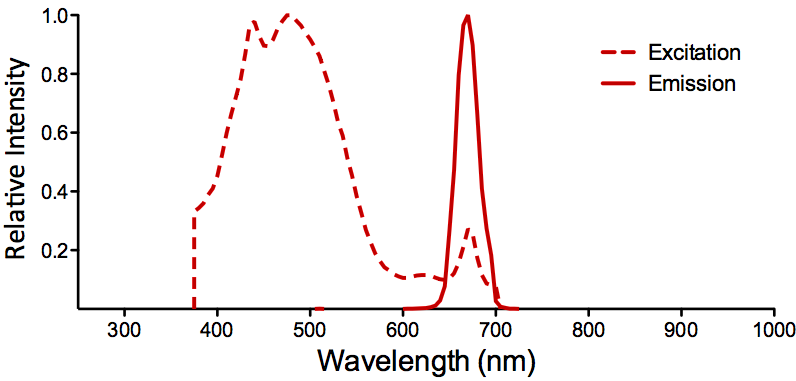
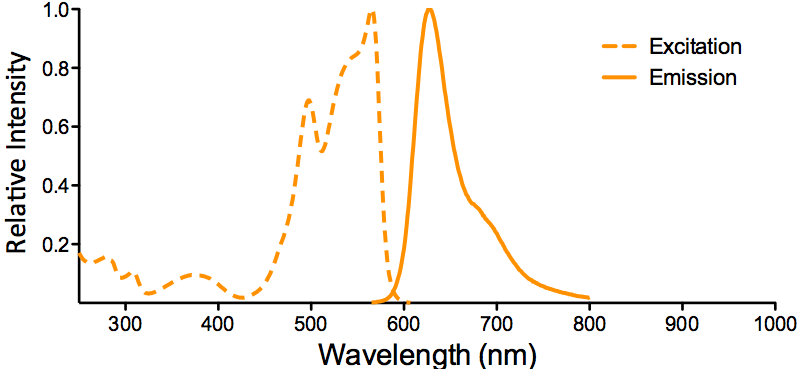
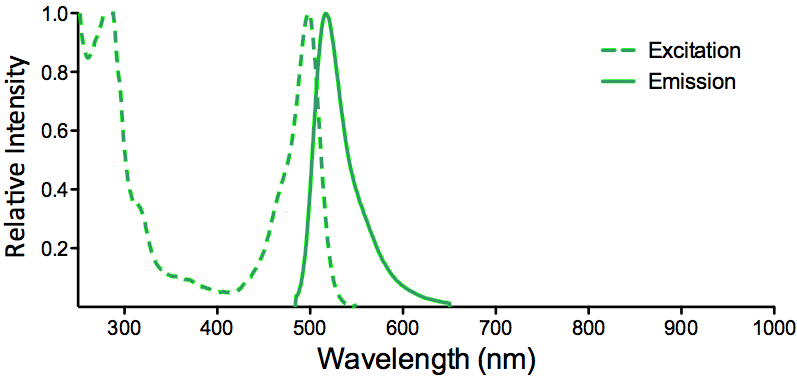
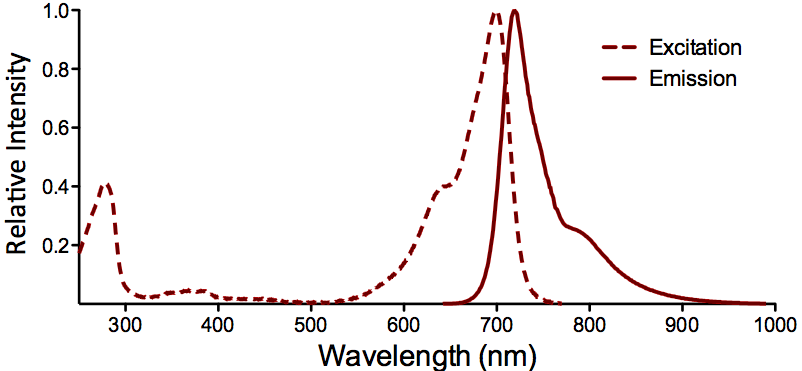
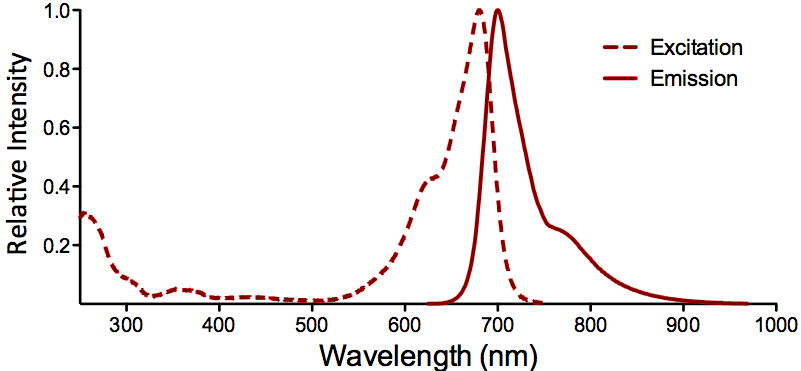
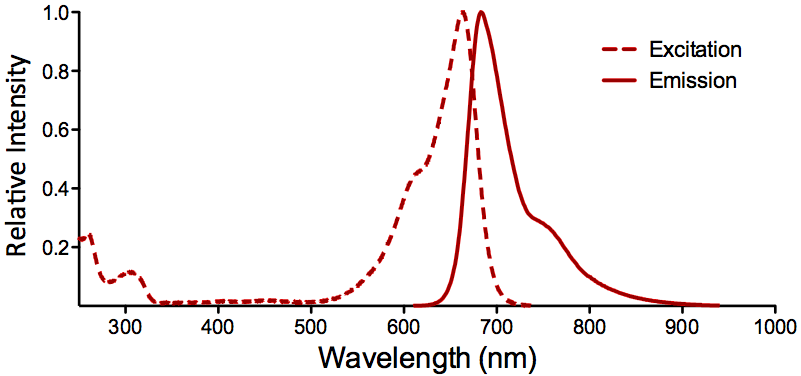
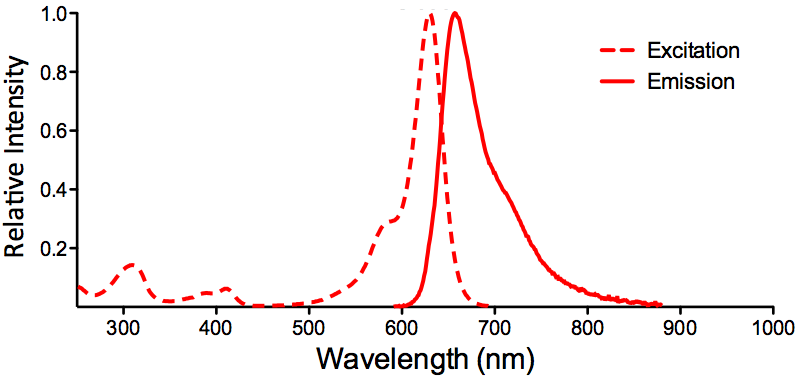
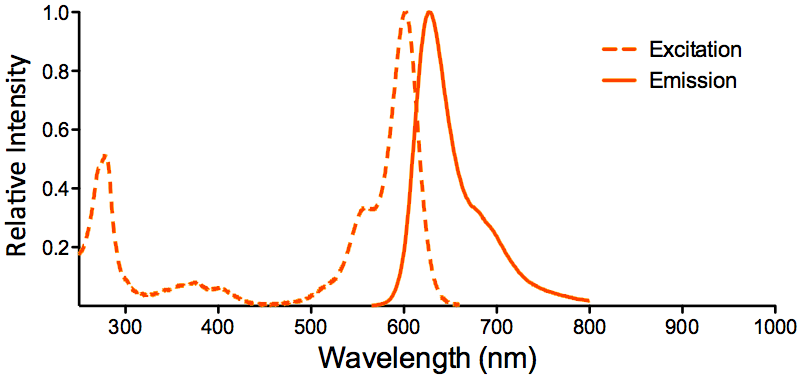
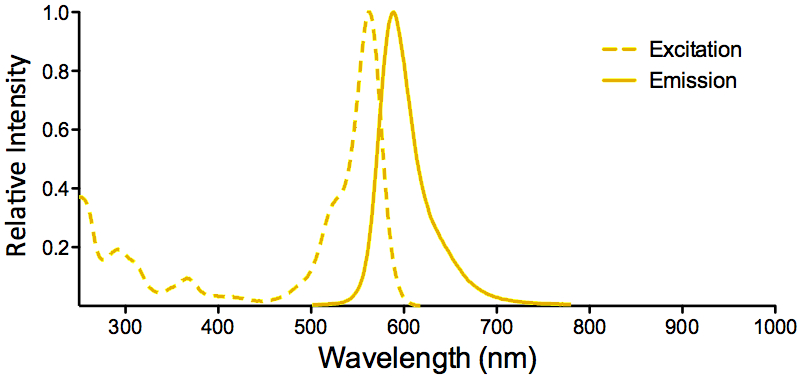
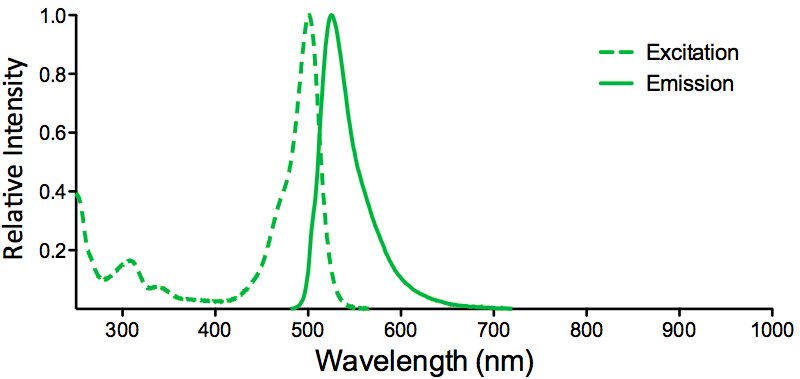
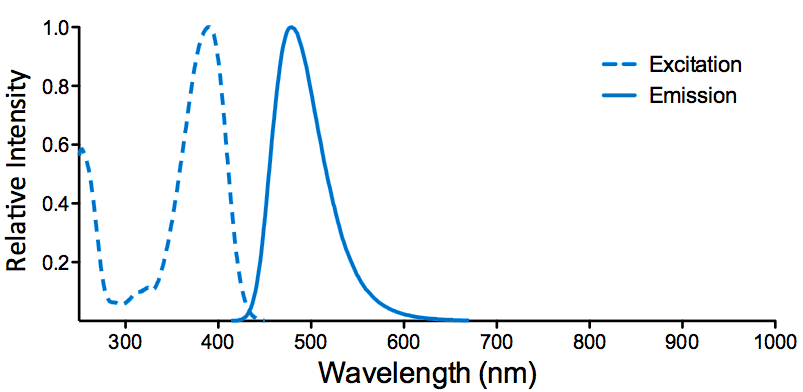
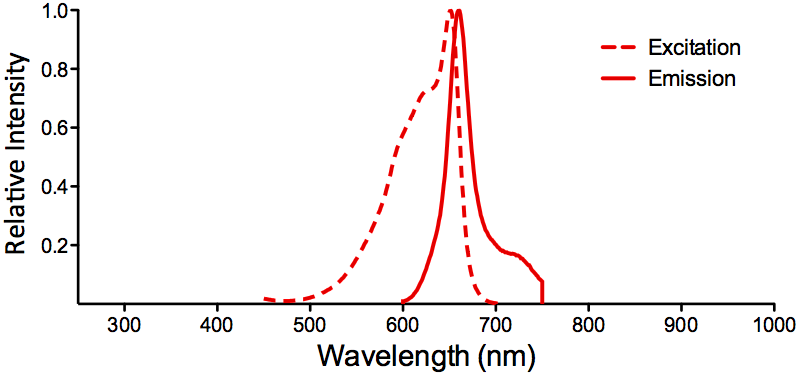
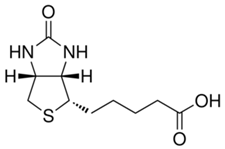
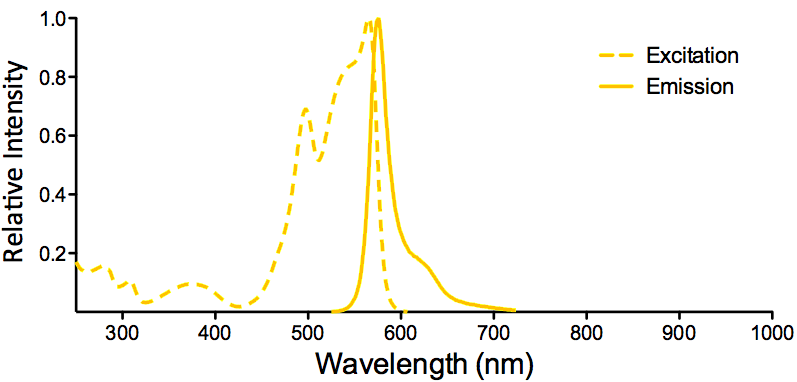
Comparison Analysis from AntibodyResource.com :
Anti-ERK1/2 polyclonal antibody (Catalog No. SPC-120, referenced as P132 in the report) was independently validated for use in western blot on human breast adenocarcinoma (MCF7 cell line) whole cell lysate and mouse embryonic fibroblast (NIH3T3 cell line) whole cell lysate at a dilution of 1:5000, with bands detected at the expected molecular weight of 38-43 kDa.Read the full ERK1 antibody comparison report (PDF) prepared by AntibodyResource.comAntibody Resource is spearheading an initiative designed to compare antibodies from numerous suppliers using identical samples/tissues and an identical protocol. In doing so, they hope to enable scientists to form an unrivalled opinion of which is the most suitable antibody for their research and which is going to require the least amount of optimization, a process which can often take weeks or months. For the purposes of the antibody comparison initiative, the best antibodies from each manufacturer were selected and compared side-by-side using the same experimental conditions to provide a direct comparison. The antibodies were collected centrally, repackaged and given an internal reference ID prior to delivery to independent laboratories to ensure objective testing and to minimize bias.“
StressMarq Biosciences :
Based on validation through cited publications.